Arborvitae are attractive evergreen trees with dense foliage and a characteristic narrow pyramid shape. It is a popular choice for landscapes, privacy hedges, garden boundaries, and other outdoor areas. We have researched every aspect you need to know about arborvitae that you can surely benefit from.
Arborvitae can be grown with ornamental companion plants, other conifers, flowering shrubs and bushes, and even certain varieties of tropicals.
The trees are enhanced by plants that provide color, contrast, and accent, but more importantly, they are nourished and benefit from the micro-ecosystem that is created.
The article contains a general overview of their nature, care and maintenance guidelines, and ways to supplement their growing environment with companion plants.
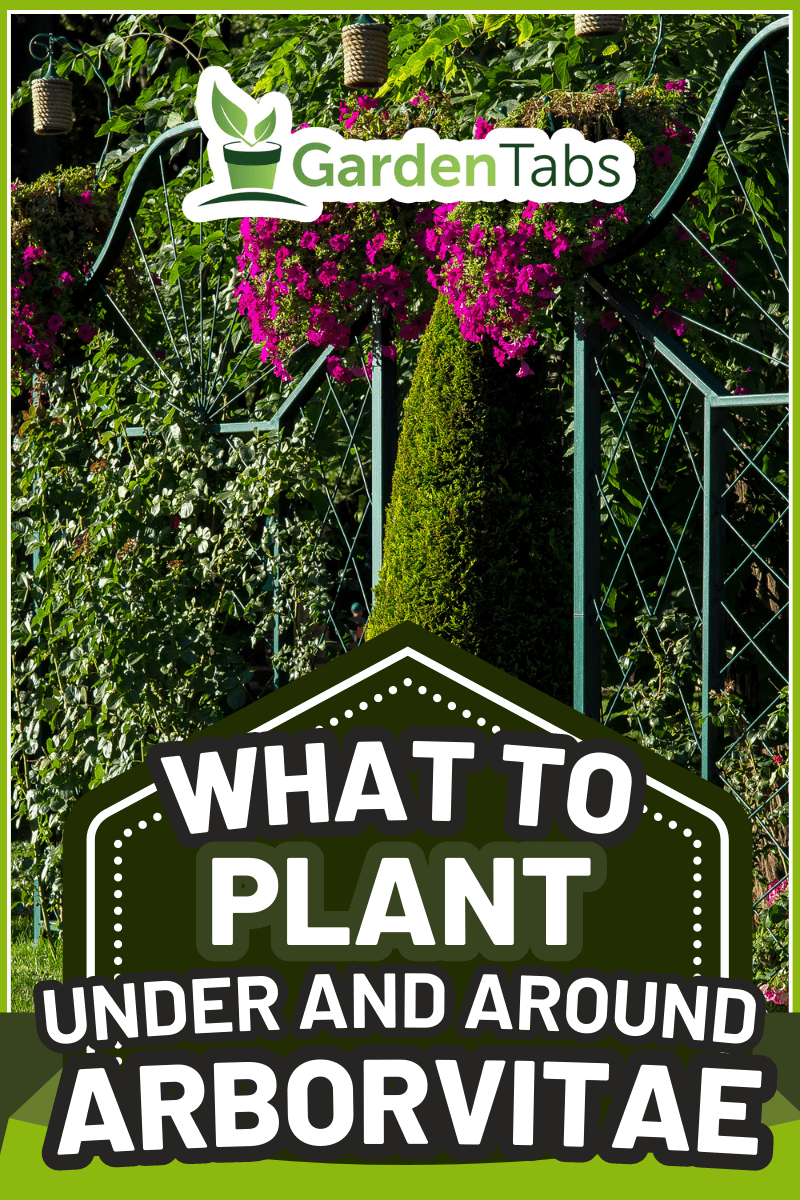
The Arborvitae Tree

Arborvitae are fast-growing evergreen trees with lush, thick foliage that create various shapes depending on the species. The lacy aromatic needles, characteristic of conifers, range from deep green to golden yellow and form conical, pyramidal, rounded, or mounded configurations.
Some varieties develop rapidly and grow 2 to 4 feet per year and reach heights of 70 feet, 20 to 25 feet wide. Dwarf and miniature arborvitae are under 3 feet tall and grow at a much slower rate.
Potted arborvitae needs to be hydrated regularly, even throughout the winter season because during this time, established evergreen plants are not entirely dormant - they still need moisture to thrive and develop.
Even though this tree prefers damp environments, it does not do well in extremely wet and soggy soil. Plant your arborvitae in a well-draining potting mix and place it in areas where it can get 6 hours of sunlight exposure per day.
Companion Or Underplants
The plants most recommended by experts to compliment both the health and development of the arborvitae and improve the aesthetic appeal of your garden or landscape include the following:
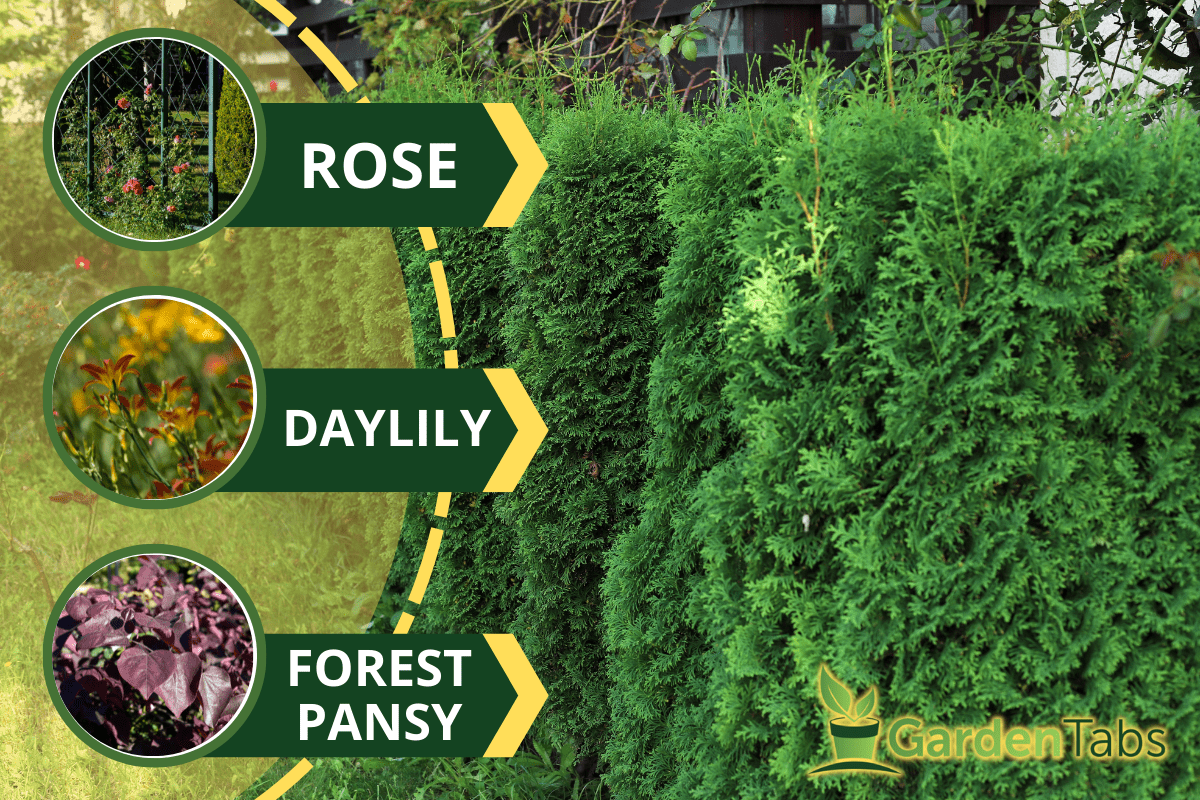
Blue Holly
Blue holly (Ilex x meserveae) is a dense shrub with blue-green leaves that produce glossy red fruit, creating an attractive contrast to evergreen trees. They thrive with full sunlight, moist, well-draining, acidic to neutral soil, and require regular pruning to maintain their shape or form.
Interestingly, these hybrid shrubs have male and female species; the latter produces berries and need to be pollinated by the former. For abundant fruit production, one male holly should be planted with five female shrubs.
Since they grow moderately, you could plant hollies a few feet away from arborvitaes to allow room for both to develop. Organic fertilizers applied minimally work best when combined with compost at the time of planting.
Hollies naturally attract birds and insects that promote pollination and propagation. The leaves and berries provide food for deer and small mammals during the winter.
Daylily
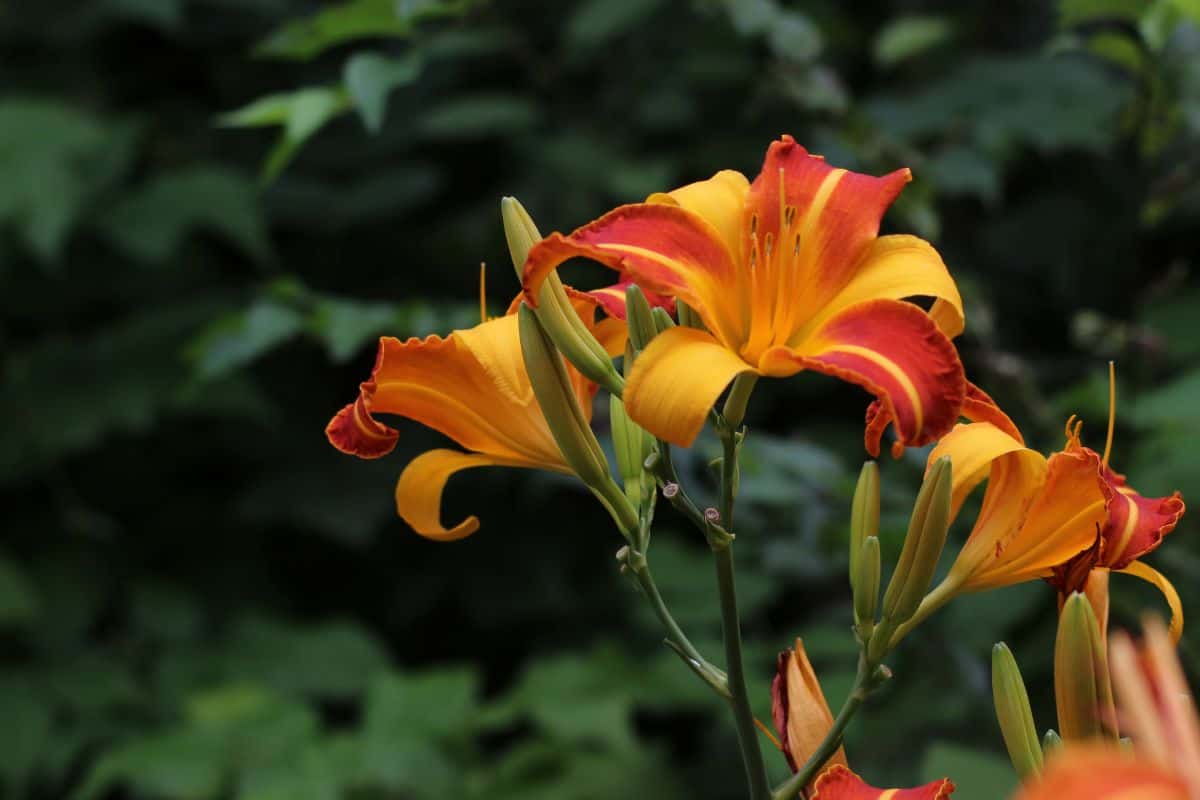
Daylilies (Hemerocallis) are so called because the blooms only last for a day, although they flower profusely. They are easy to grow, require low maintenance and feature a wide range of colors that would provide an accent to the deep green shade of arborvitaes.
The foliage reaches an average height of 3 to 4 feet and makes an excellent hedge or border growth that features flowering offshoots called scapes that can grow up to 6 feet. Daylilies prefer consistent hydration and thrive well in full sunlight and rich, well-draining soil.
They benefit from soil amendments that are rich in nitrogen during the development stage and require less fertilizer application once the shrubs are established. Some varieties spread rapidly, so it is best to plant them several feet from trees and other growth, regularly pruning to maintain an even manicured look.
Daylilies are often recommended for permaculture gardens since they grow well with other plants and organisms and the processes of interaction enrich the soil and environment.
Forest Pansy

Forest pansy (Cercis canadensis) may be grown as a large shrub or cultivated as a medium-sized tree that is noted for its attractive, season-changing foliage and abundant flowers. The heart-shaped blossoms appear early in springtime and emerge before the leaves, which come in shades of orange, red, and purple.
They blend well in all garden types and landscapes since they prefer to be grown outdoors. Also commonly referred to as redbud, they grow well in full sunlight, regularly moist, moderately fertile soil.
Since they can grow as tall as 20 to 30 feet and 25 to 35 feet wide when mature, redbuds have to be spaced accordingly to provide adequate room for growth.
They attract pollinators like birds, butterflies, and bees that benefit adjacent flowering plants. One notable characteristic of forest pansy is that it fixes its own nitrogen and deposits some of it into the soil which benefits nearby plants.
Hydrangea
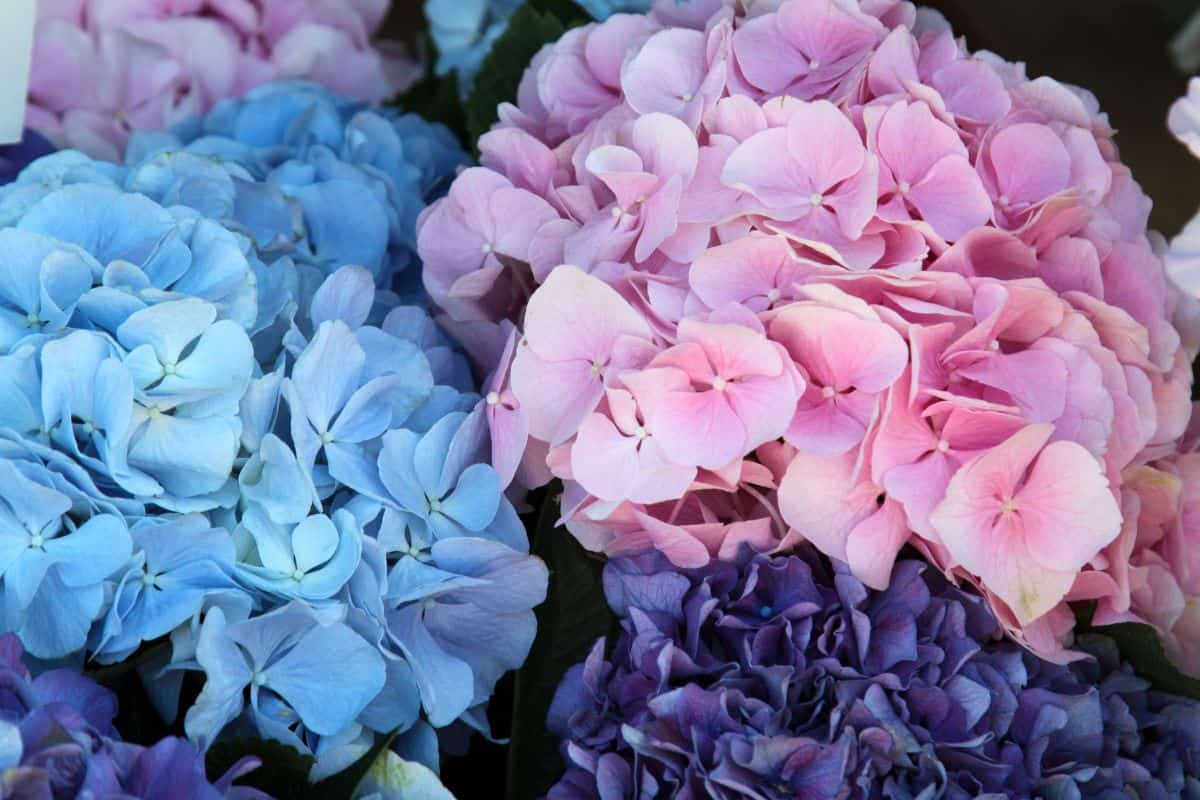
Hydrangea, commonly known as hortensia, can either be grown as a climbing vine or a tree; however, gardeners and plant enthusiasts prefer to grow them as shrubs. It can reach a height of 100 feet if developed as a vine.
It pairs beautifully with the greenish hue of arborvitae. The flowers appear as rounded clusters of white blossoms; however, the colors vary and range from pastel shades of pink, blue, red, purple, and green.
While this is the case, the soil's acidity determines the petals' color. For instance, neutral to low acidic environments produce pinkish flowers.
As a flowering shrub, hydrangea prefers full to partial sunlight exposure. It develops well if exposed to the morning sun, but it should be kept in partial shade during the afternoon.
Most varieties thrive in well-draining soil that needs to be hydrated regularly. Do not let your plant sit in soggy environments because it causes root rot.
Rose
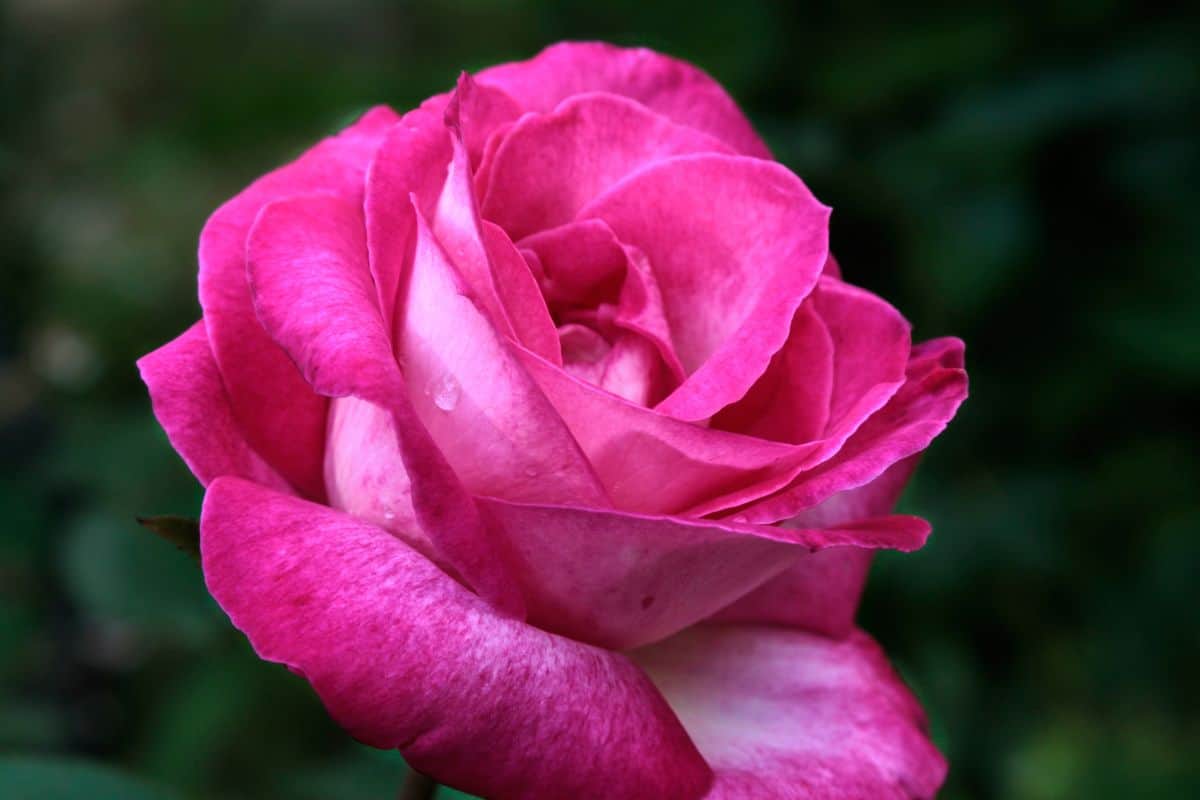
Roses, also known as rosa, are ornamental plants and climbing shrubs that are cultivated due to their beautiful blossoms. They produce scented flowers with various shades of yellow, pink, crimson, and maroon. The stems are readily armed with prickles or thorns.
The plant is widely used in landscaping, preferably as a hedge or privacy fence. It has an array of sizes, growing as a miniature plant about 8 inches tall but can also reach a height of 50 feet or more. Pillar and climbing varieties grow 8 to 15 feet tall.
When planting roses, make sure that there are no fruit trees nearby to prevent and reduce any shared pests and diseases. Plant them in areas where they would not compete with nutrients present in the soil.
Roses prefer loose well-draining soil that contains plenty of organic matter. They also require regular watering because they thrive and develop well in moist environments. Not enough hydration will result in small leaf growth, flowerless plant, and wilting or dying.
Smoke Tree
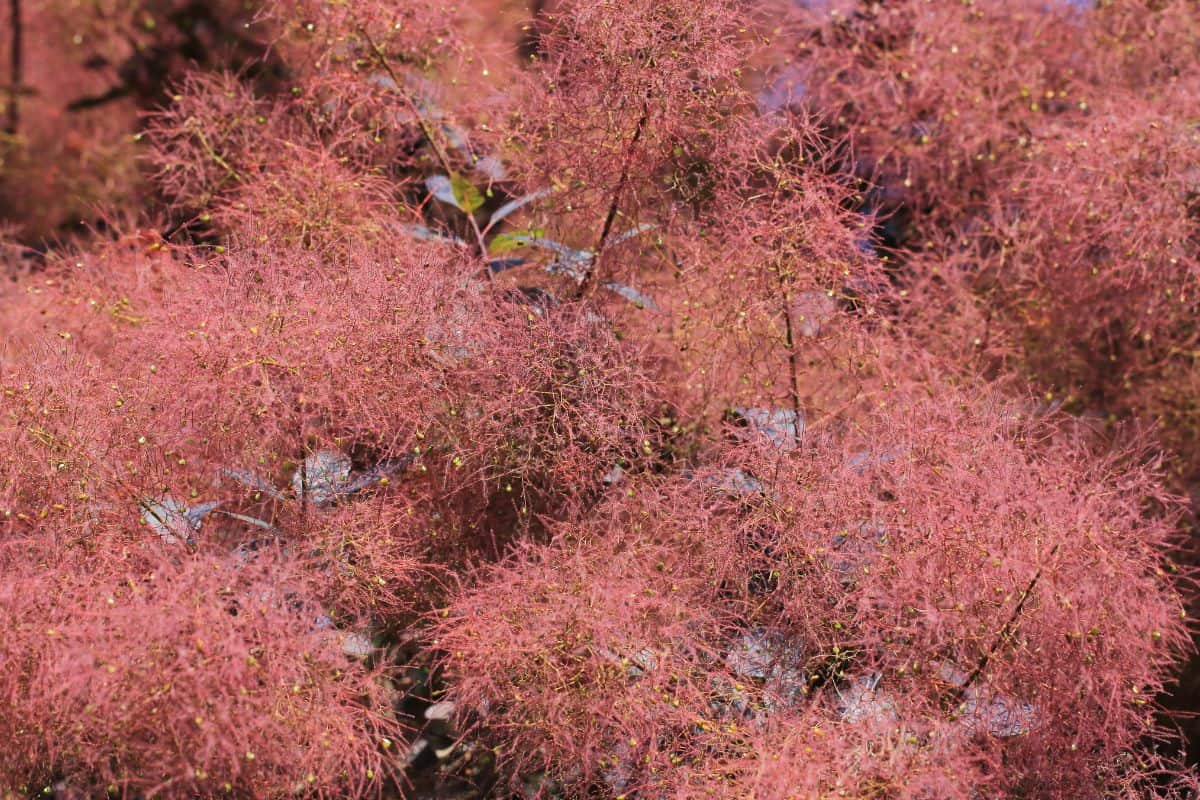
Smoke trees make a great accent in any landscaping design. It produces lush foliage with colorful shades of purple, gold, or green throughout the growing season. During fall, the leaves turn into hues of yellow, orange, and red.
The plant itself can resist deer and is good as a hedge or privacy fence. It can reach a height of 8 to 20 feet and a spread of 15 feet, depending on the variety. Plant the trees in acidic, well-draining soils and in areas where it receives full to partial light exposure.
Newly planted trees need to be hydrated twice weekly in order for roots to form and develop. Established plants are drought tolerant, but they should be watered once a week during long dry spells.
Spirea
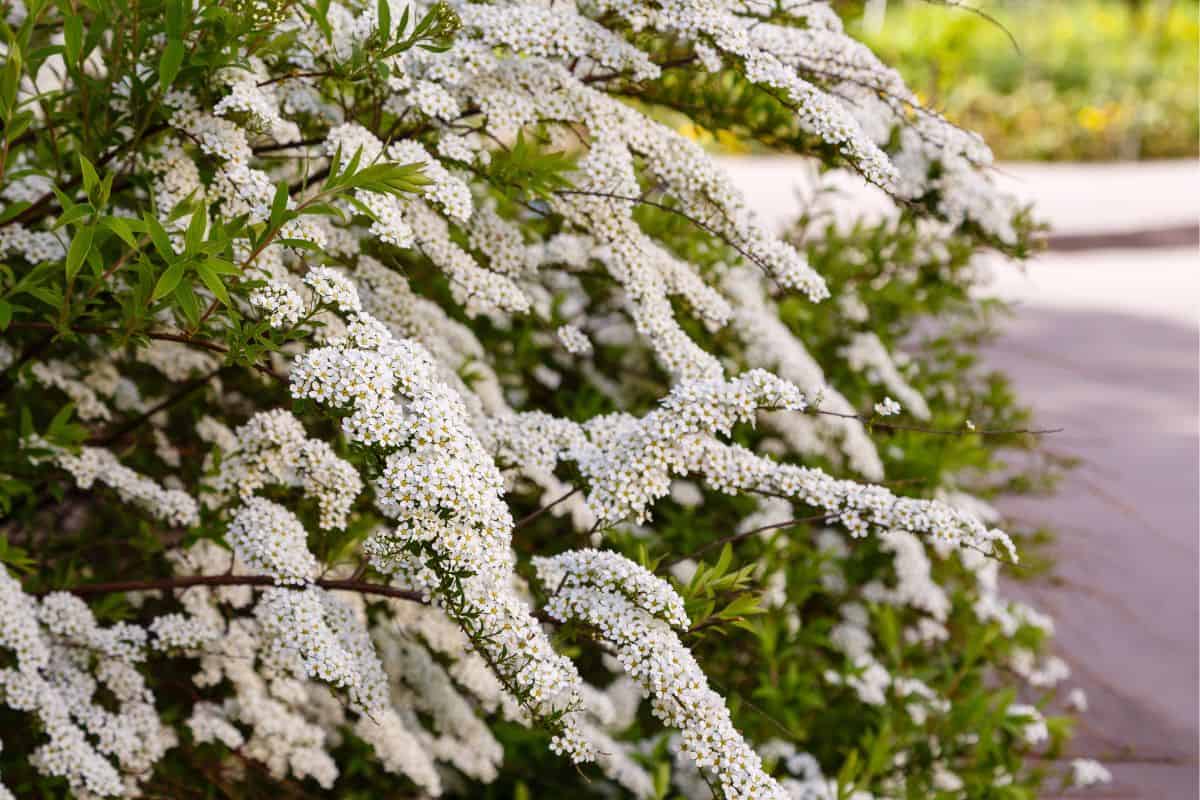
Spirea is considered to be one of the most famous flowering shrubs for gardens and landscapes. The plant has a variety of functions - groundcovers, hedges, flowering borders, and mass plantings.
They grow at the height of 1 to 8 feet and a spread of 6 feet. Mature spireas are drought tolerant; however, newly planted ones need to be watered regularly. While this is the case, avoid overwatering because the plant does not want to sit in soggy soil.
Spirea is required to receive at least 6 hours of light exposure per day. This lets the plant produce lush and vibrant foliage and flowers.
What Are Varieties Or Cultivars Of Arborvitae?
Arborvitaes have a vast array of cultivars. The most recommended varieties include Brandon, Emerald Green, Art Boe, Hetz Midget, and Tom Thumb.
A Brandon arborvitae is a narrow evergreen tree that resembles a cone shape appearance. The branches are thick and dense, making it a suitable privacy fence. It grows a height of 15 feet and reaches a width of 8 feet, and it can tolerate any type of soil as long as you provide the plant with deep watering.
Emerald green is a popular hedging plant amongst gardeners and plant enthusiasts. It reaches a height of 15 feet and a spread of 4 feet, making it a great and aesthetic privacy fence.
Art Boe, commonly called as North Pole arborvitae, appears as a narrow columnar tree that consists of dense dark green foliage. They can be grown either as container plants or soil-based trees. It can grow up to 15 feet if planted in the ground.
Hetz Midget, as the name implies, is a dwarf plant that grows 3 to 4 feet tall. The foliage forms a naturally round shape which is why they are great foundation plants.
Similar to Hetz Midget, Tom Thumb is a miniature plant that reaches a height of only 12 to 15 inches tall. It is ideal for container planting and rock landscaping.
In Closing
Companion planting is a factor that contributes to healthy plant growth and development. We hope this article proved to help guide you in choosing the right plants for your arborvitae. Happy planting!

I have a row of arborvitae and would like to move some digitalis, butterfly bush, and new england asters in a row in front of them. Does arborvitae sicken the soil like the red cedars do? Will they survive there?